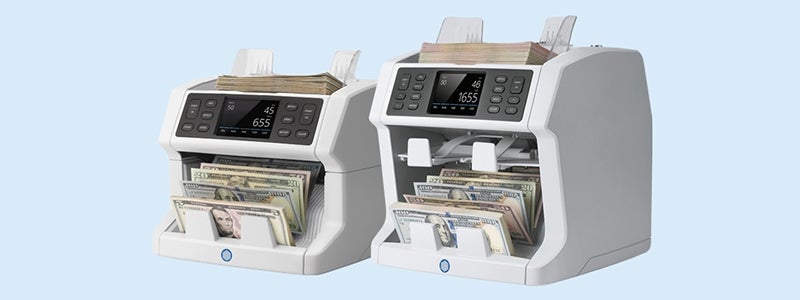-
FREE SHIPPING FROM $39
We offer free shipping for all orders with a value of $39 or more.
-
30-DAY MONEY-BACK GUARANTEE
Not satisfied? You can return your products within 30 days.
-
3 YEAR WARRANTY
Safescan products come with a 3 year warranty
-
20 YEARS OF EXPERTISE
Your trusted cash handling expert for more than 20 years.
Bill Counters
-
Count your bills in no-time! Simply select your bill counter from the overview below and learn how you can optimise your counting process and get the best results.
Safescan 2210
Safescan 2210 G2
Safescan 2250
Safescan 2250 G2
-
